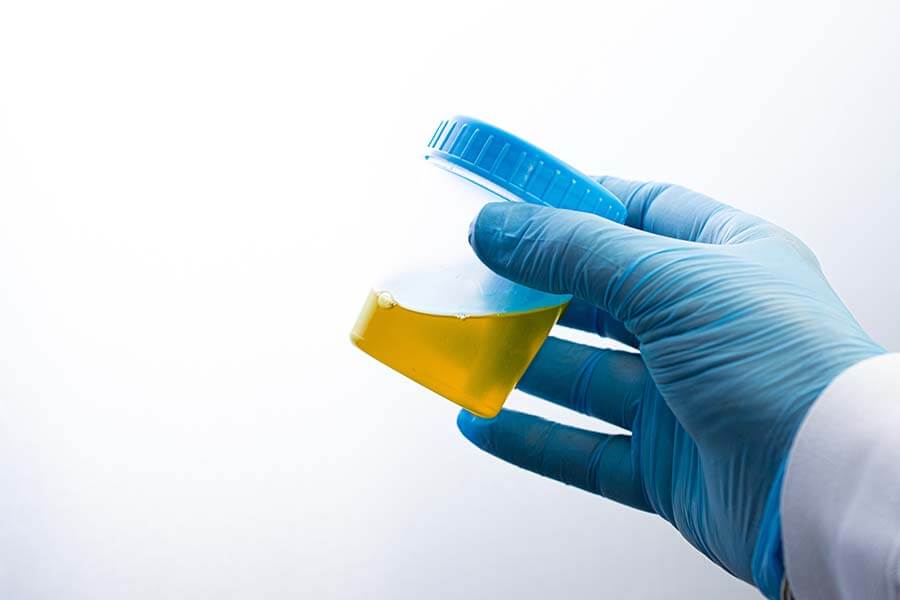Demystifying The New Drug Testing Standard AS/NZS 4308:2023

Introducing the latest benchmark in workplace urine drug testing: AS/NZS 4308:2023. This new standard marks a significant departure from its predecessor, AS/NZS 4308:2008, bringing about key changes that have implications for your workplace drug testing program.
Delve into the details to better understand the modifications and their impact on your workplace.
About AS/NZS 4308:2023
AS/NZS 4308:2023 sets the benchmark for procedures concerning urine specimen collection, storage, handling, onsite drug screening tests, and dispatch to a laboratory. It’s a vital resource for maintaining best practices in drug testing.
Unveiling 3 Key Shifts in Workplace Drug Testing
- The first key change is a DECREASE in the screening cut-off for cocaine metabolites, from 300 ug/L down to 150 ug/L, and a corresponding drop in the confirmatory cut-off from 150 ug/L down to 100 ug/L. This should result in more detections on-site, along with confirmatory testing being more likely to match the initial screening result.
- The second key change is a DECREASE in the confirmatory cut-off levels for Benzodiazepine metabolites, from 200 ug/L down to 100 ug/L. This will reduce the likelihood of a non-negative on-site screen returning a confirmed negative confirmation due to a mixture of metabolites being present in the urine with no individual component over 200 ug/L. Screening cut-offs for Benzodiazepines remain at 200 ug/L.
- The third key change is allowing laboratories to report parent/metabolite drug(s) that are detected below the cut-off, but between the laboratories limits of quantitation (LOQ) and the cut-off, where another drug/metabolite has been detected above the cut-off. For example, when amphetamine is detected in a sample and a low level of Methamphetamine is present, that Methamphetamine result will additionally be reported to aid in the interpretation of results.
Other minor changes/additions include:
- Expanded reference to Informed Consent in relation to scope of testing.
- Centralised QC testing of devices at the main storage site, as opposed to on -site prior to testing.
- Allowances for Liquid Chromatography Mass Spectrometry (LCMS) based screening of drugs, with cut-offs as per confirmatory methods.
- Oxycodone has specified cutoffs for screening and confirmation, but is not included in the main testing panel.
Cut-Off Levels for THC Remain Unchanged
There are no changes to the testing process for THC in the urine standard. All cut-offs remain the same.
Implementation Timeline
AS/NZS 4308:2023 also introduces a crossover period for 3 years where both standards are in effect, allowing manufacturers, laboratories, and collection agencies to implement changes when devices, laboratory procedures and processes have been updated to meet the new requirements.
Discover More
A Safework Health representative is available to discuss the upcoming changes and the proposed timeline for implementation. Contact our team today!

Not one mention of THC?
Why?
There were no changes to the testing process for THC in the urine standard. All cut-offs remain the same.
Correct me if I’m wrong but there seems to be varying information in relation to THC – as I’ve read several articles with this information, this relates to urine lab analysis ” THC (marijuana/cannabis) has a lower cut-off at 5ng/mL from 10 ng/mL”, under the new standard are there any changes to cut off levels for onsite urine collection using products like SureStep 6-in-1 EZ Split Urine Drug Test Kit as these are still using the superseded Standards AS/NZS 4308:2008. I realise there is a cross over time frame for other drugs tested using these kits but will the cut off levels remain the same for THC specifically?
There were no changes to the testing process for THC in the urine standard. All cut-offs remain the same.
I have recently been urine tested and shown a positive test for methamphetamine yet I haven’t used any illit substances. I am prescribed Tramadol Mirtazapine nitrazepam and prazozin. The preliminary test is now awaiting confirmation testing. This false positive will ruin my life yet I haven’t used any illicit substances. Urine testing is outdated and draconian.
Thank you for reaching out and sharing your concerns. We understand how distressing it can be to receive unexpected test results. The confirmation testing you’re awaiting should provide more accurate results, as it typically uses more specific methods to distinguish between substances. In the meantime, we recommend discussing your situation with your healthcare provider. They can provide documentation about your prescriptions and potentially offer further assistance. Please don’t hesitate to contact us on 1300 795 227 if you have any additional questions.
n\a
all good
n\a